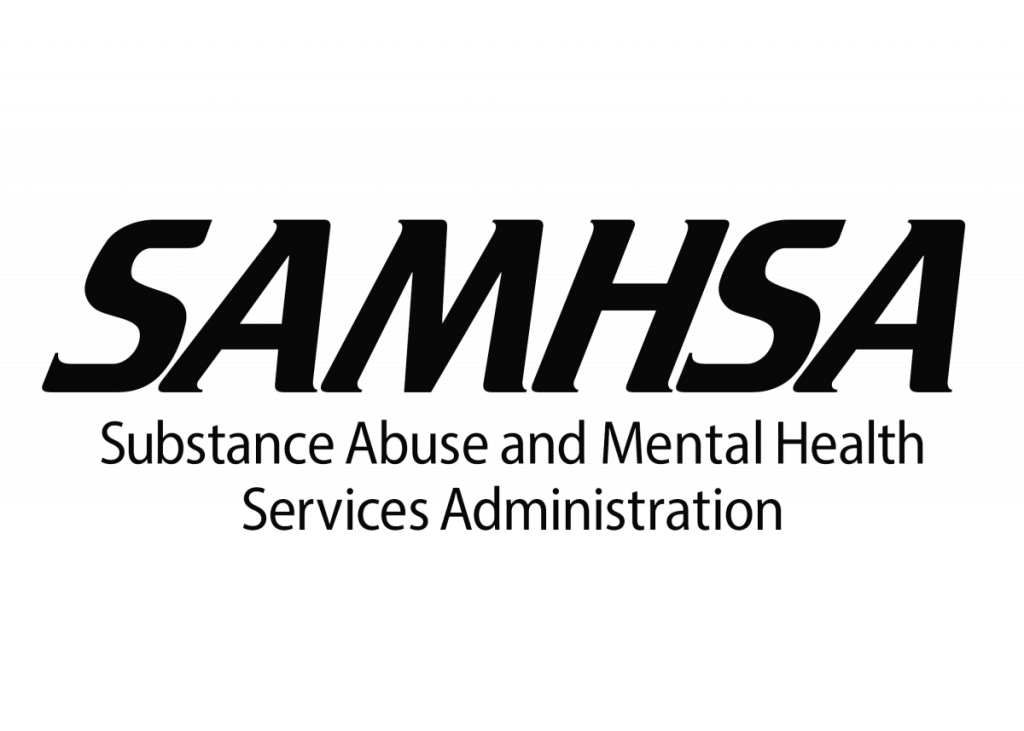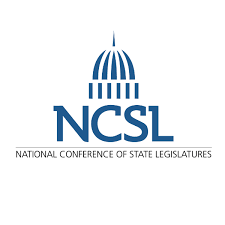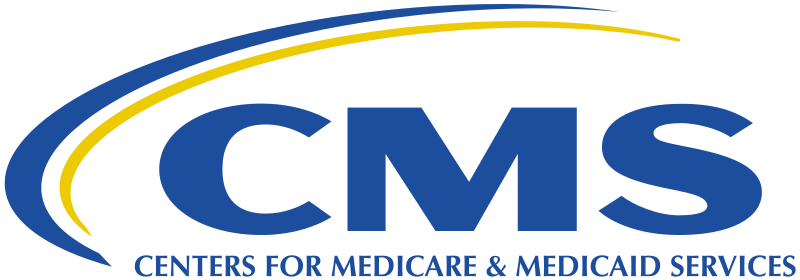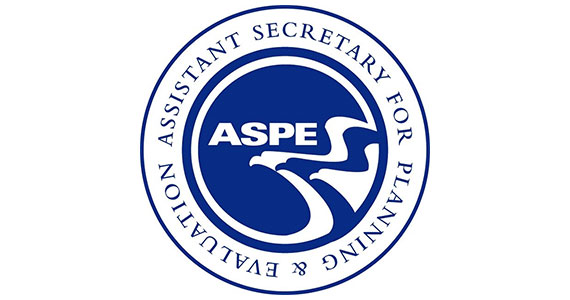A large proportion of children and families who receive child welfare services are eligible for Medicaid. Medicaid enrollment provides access to health services to low-income children and adults, which is particularly important for families at risk of engagement with child … Read More
Child Welfare

Study Links Infant Temperament, ADHD Symptoms, and Childhood Maltreatment
An analysis of data from the Fragile Families and Child Wellbeing Study found that negative emotionality—the tendency to experience frequent and intense negative emotions—in infancy was associated with maltreatment at ages 5 and 9. Children with higher negative emotionality as … Read More

Crisis Services: General Medical and Psychiatric Approaches to Care Delivery
Introduction The promise of 988 and the new National Guidelines for Behavioral Health Crisis Care offer a different path for individuals experiencing a crisis related to mental health, substance use, or other emotional or trauma-related challenges. The guidelines outline the … Read More

The Well-Being of LGBTQ+ Youth in Foster Care: The Youth Acceptance Project
This presentation will first dive into sexual orientations and gender identities outside the binary to ensure that participants understand the many identities LGBTQ+ youth embody, as well as their unique needs. LGBTQ+ children and youth are among the most vulnerable, … Read More

Penalized for Their Prescriptions: Parents Using Legal Addiction Medications Face Ongoing Discrimination in the Child Welfare System
s this country battles yet another drug epidemic, medical authorities and the federal government continue to promote “medication-assisted treatments” like methadone as the most-effective frontline defense against the ravages of opioid addiction. The Rehabilitation Act of 1973 and the bedrock … Read More

Social Media and Children 2024 Legislation
As concerns arise regarding the effects of social media usage on children’s mental health, state legislators are introducing measures to protect children while using the internet and internet-based forms of communication, including social media. The legislation includes bills and resolutions … Read More

The Relationship Between Resilience and Child Health Behaviors In A National Dataset
Health behaviors are responsible for a substantial burden of poor health outcomes across the lifespan, including mental health disorders, diabetes, cardiovascular disease, and cancer. In children, unhealthy patterns of diet and physical activity are associated with higher rates of obesity, diabetes, … Read More

Fatherhood, Family, And The Crisis Of Boys And Men
Scholars and think-tank researchers, as well as mainstream media and social media, increasingly focus on the “trouble with men.” This attention is well deserved. Wholesale economic shifts have hollowed out the secure, well-paying jobs in the middle of the economy … Read More

An Overview and Panel Discussion of the Multi-Systems Integration Pilot Program
Characteristics and Outcomes of Multi-System Youth READ MORE

CMS Framework for Advancing Health Care in Rural, Tribal, and Geographically Isolated Communities
The Centers for Medicare & Medicaid Services (CMS) serves the public as a trusted partner and steward, dedicated to advancing health equity, expanding coverage, and improving health outcomes across all its programs to promote high-quality, equitable care, including for rural, … Read More

